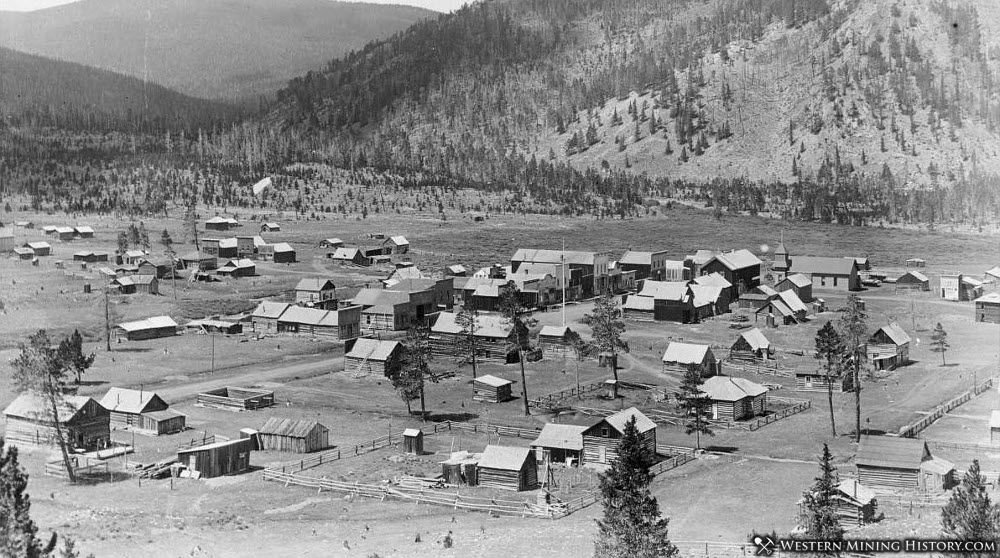I am sure you will have heard of Gray’s Anatomy. It is the title of one of the most famous medical textbooks in the world. It is probably because of this that the eight longest television medical drama has benefitted from this, albeit in Grey’s Anatomy, it is spelled with an ‘e’.
Generations of medical students and aspiring surgeons have poured over its pages since it was written in 1858. It covers in immense detail every structure of the human body, all in glorious medical Latin (which happened to be the topic for last month's blog). I myself have a copy of the 30th edition, published in 1949, which I obtained when I was studying Medicine at the University of Dundee in Scotland in 1971. It is an impressive tome, of 1533 pages, with 1285 coloured figures, weighing in at an impressive 5lb 5 ounces, or 2.4 kilos.
Henry Gray FRS, FRCS (1827-1861)
Henry Gray the author of the book trained at St George’s Hospital in London and at the early age of twenty-five was elected as a Fellow of the Royal Society. A talented anatomy demonstrator he wrote his famous book at the age of thirty-one. Sadly, at the age of thirty-four, while looking after a nephew who had smallpox, he contracted confluent smallpox, the most severe form of the disease where there are so many lesions that they become one confluence and inevitably, he died shortly afterward. It is ironic that at the time he was studying the anatomical effects of infectious diseases on various organs of the body.
One of his other great works was a dissertation ‘On the Structure and Use of the Spleen.’ This was an extremely useful paper, since the function of the spleen had been a mystery to doctors. In medieval times it had been thought that the spleen concentrated certain vital body fluids or humours, and that an excess of them could result in various types of mental aberration. Anger was one such emotion, hence the expression ‘to vent one’s spleen.’ It was also thought that it could be associated with depression.
Of course, nowadays we know that the spleen has nothing whatever to do with the emotions. It is an extremely important organ of the reticulo-endothelial system. This system is part of the body’s immune system. It is called this because it consists of the reticular connective tissue, which contain cells called monocytes and macrophages. These accumulate i.n lymph nodes and in the spleen. The liver is also part of this system.
The spleen is an organ about the size of a large fist, located in the upper left quadrant of the abdomen, although it cannot usually be felt, since it is just under the rib cage. It removes old red blood cells from the circulation and also produces and keeps a reserve of these precious red cells in case the body suddenly needs them.
Glandular fever usually causes a reversible enlargement of the spleen. Malaria can enlarge it incredibly, to as much as nine kilos! (that's twice the weight of my Gray's Anatomy).
Surprisingly, the spleen is not essential to life, but if one has had a splenectomy, there is a potential risk of pneumonia. For this reason, people who have had their spleen removed may be offered a vaccine.
The story behind Gray's Anatomy
This famous book, which generations of medical students and surgeons in training have studied as they have sought to learn about every organ, nerve, blood vessel and tissue in the body, has now gone through 40 editions. The newest version has 1600 pages, 2,260 illustrations and weighs about eleven pounds, almost twice as heavy as my old copy. Like most medical texts it has changed dramatically over the years and been redesigned, restructured, rewritten and re-illustrated with modern techniques. This mirrors the way that anatomy is taught in most medical schools throughout the world. Whereas in my day we spent two years in the anatomy dissecting rooms, nowadays many schools teach anatomy with a mixture of dissection, prosection (demonstrations by anatomists in front of students), computerised demonstrations. Indeed, today if you do not wish to carry an eleven pound textbook around with you it is available on-line. Yet there is a side to Gray's Anatomy that is not so well known. Whilst Henry Gray wrote the text, he collaborated on the dissections over eighteen months with an anatomy demonstrator and fellow surgeon Henry Vandyke Carter. It was Carter who did the famous illustrations.
Henry Vandyke Carter - self portrait
(1831-1897)
Upon completing the book Carter sailed to India to begin a career in tropical medicine and anatomy. Gray stayed behind, published the book and accumulated several accolades. This is not to say he did not deserve them, he unquestionably did, but somehow Carter did not receive due recognition. When the book was published in 1858 it was titled Anatomy, Descriptive and Surgical. Henry' Gray's name was on the cover and on the frontispiece Carter's name also appeared, but in smaller print and without his qualifications. It looked as though he had been reduced to role of the mere illustrator, not an equal. Gray received significant royalties, while Carter received none.Carter worked for the Indian Medical Services for the rest of his career and became professor of anatomy at Grant Medical College in Bombay (modern day Mumbai). In 1888 he returned to England and became Deputy Surgeon to her Majesty, Queen Victoria. He married and had a family, before dying from tuberculosis at the age of 66.
Undoubtedly, Carter should have received more credit for his work. This happens a lot in science and medicine, some get all the glory and go down in history, while others are slighted, passed over and forgotten.
And finally, for you Western writers.....
A perusal of Gray's Anatomy will make you wary of those abdominal wounds. The fact is there is no good place to be wounded, since there is bound to be damage and surgical treatment has to be incredibly skillful.
The arterial blood supply of the bowel
The small intestine has been rolled aside to show the arteries
....and if you look behind that!
There may be some parts that are 'less bad' to be wounded, but luck will always play a huge part. You might say it's a Gray area!
***
If you are intrigued by medical Latin, then you might like to dip into this book, which you can pick up for a cent or two!
If you are interested in reading more about medicine and surgery in the frontier days, then you may find The Doctor's bag useful. It is a collection of my past blog posts, published by Sundown Press.
The novel about Dr George Goodfellow, the Tombstone surgeon to the gunfighters












































